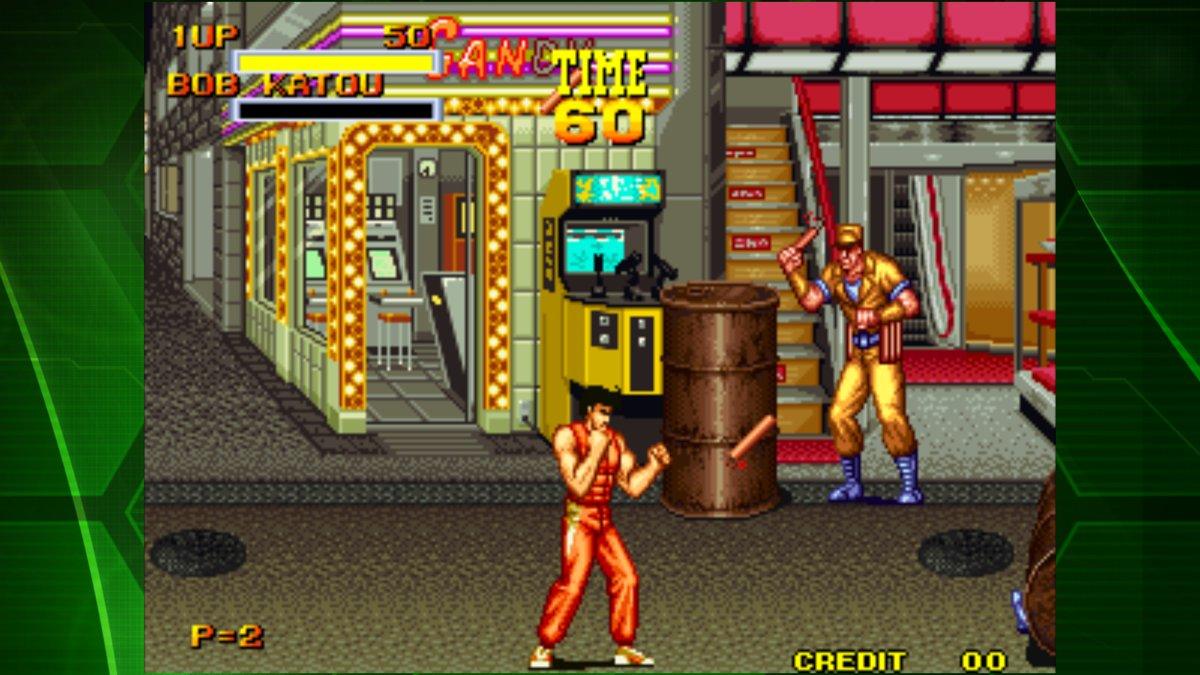Mining should complement the circular economy, not the other way around. We have to put an end to the easy solution of digging into the ground for what we already have in our homes. We are proposing to set new standards for environmental design of batteries, in particular by increasing the requirements for recycled materials in electric vehicle batteries (currently 50% for lithium, compared to 90% for lead). We also want to develop a European battery segment, following up on the European Battery Innovation launched in early 2021 in the EU, which aims to reach 25% of global battery production (compared to 3% currently). Finally, we want to ban mining exploration in French EEZs (with the exception of scientists).
It has long been believed that digital technology can free itself of these considerations, which are justified by modernity. Then we presented environmental and digital transformations as going hand in hand, with a certain number of positive effects: portability, dematerialization. Yes, digital technologies offer solutions to decarbonize our economy and reduce our impact. But we also know that dematerialization is only an illusion, and that digital has a real impact.
Therefore, reducing the environmental impact of digital technology becomes an environmental issue and a condition for its development. Among the solutions: energy efficiency (for data centers for example), innovation and the circular economy. The latter offers logical solutions, very rich in employment and requiring many innovations. It also requires enhancing production and import standards in terms of environmental design. Whether it is to facilitate recycling and reuse, but also to reduce the carbon footprint of production and the amount of waste.
We will provide accurate information on energy and material consumption and mandatory data center management methods, which must be shown on objects (phones, computers, etc.), but also on sites by popularizing methodologies for environmental impact measurements based on life cycle analysis (LCA) and not only on consumption energy. Among other things, we suggest passing the default warranty period for digital equipment to 5 years, to make the crime of planned obsolescence effective, favoring modular and repairable equipment, enforcing environmental design practices on video platforms and social media networks, or banning digital billboards in public places.
Everything has been thought of to make us addicted to social networks, with more or less serious consequences depending on the individual. Social networks can also contribute to exacerbating cases of bullying at school. Several studies have also shown the harmful effects of recreational screens on children’s development. Therefore, the first solution is to transfer digital culture and demystify it in the school. Teaching digital subjects in school will also elicit some good advice: no screen in school six years ago, limited time according to age until high school, training students, teachers, and families in sobriety and the dangers of screens and digital technology. We also want to create an Algorithmic Transparency and Ethics Organization that monitors and warns against software and algorithms that threaten freedoms and the right to privacy, and strengthen the means to combat cybercrime, online harassment and hate.

“Devoted gamer. Webaholic. Infuriatingly humble social media trailblazer. Lifelong internet expert.”





